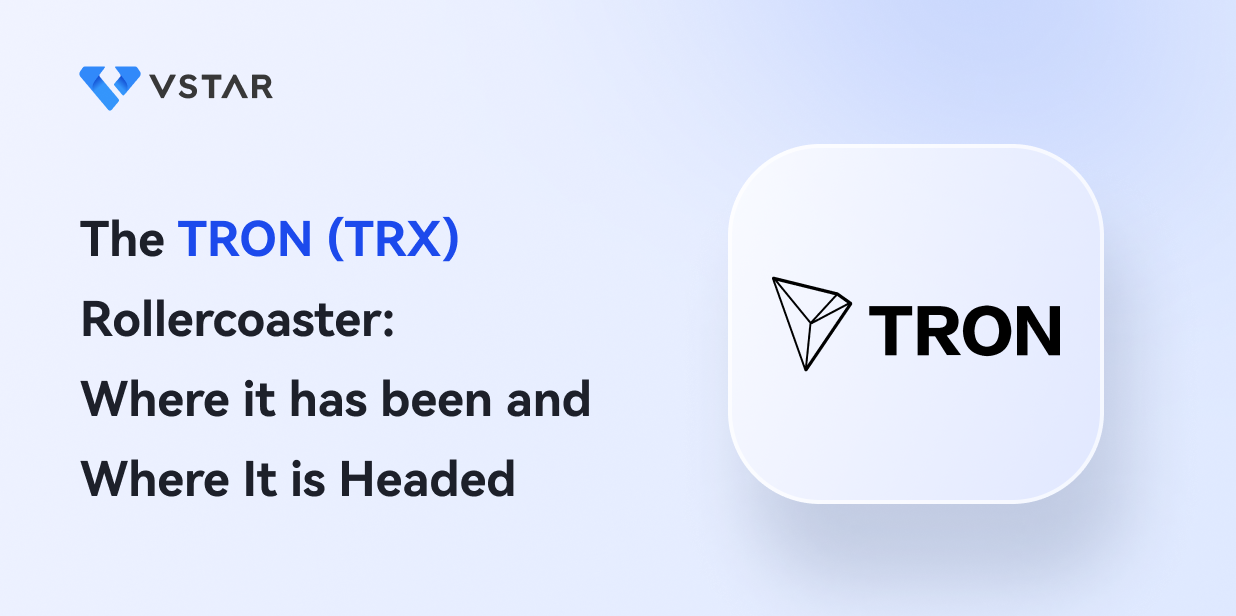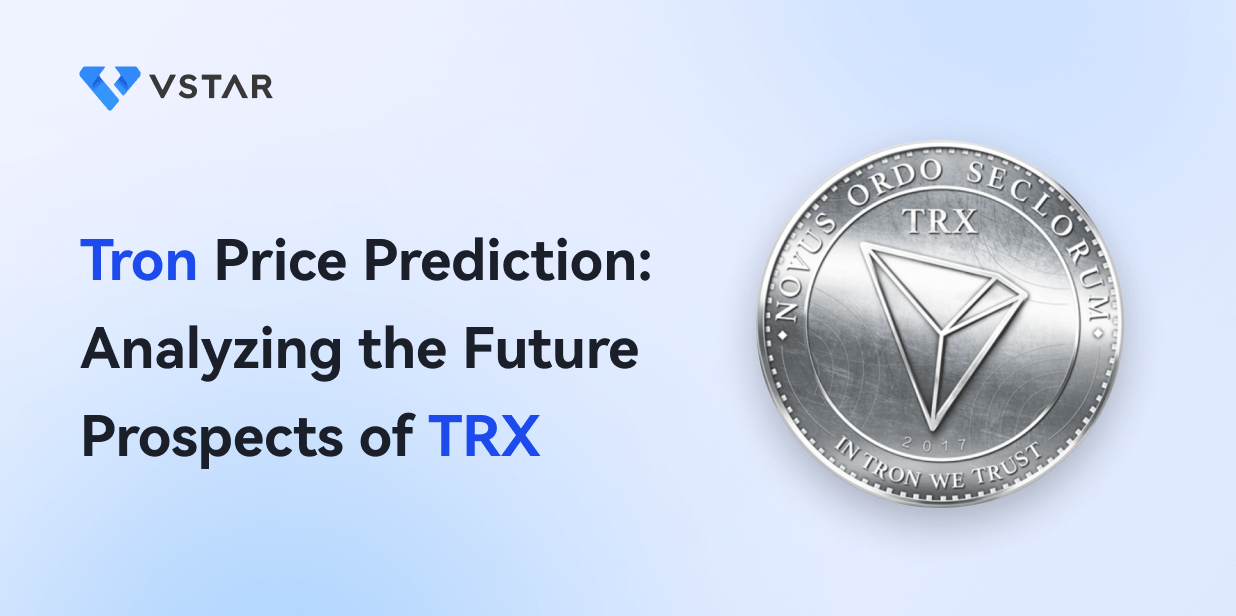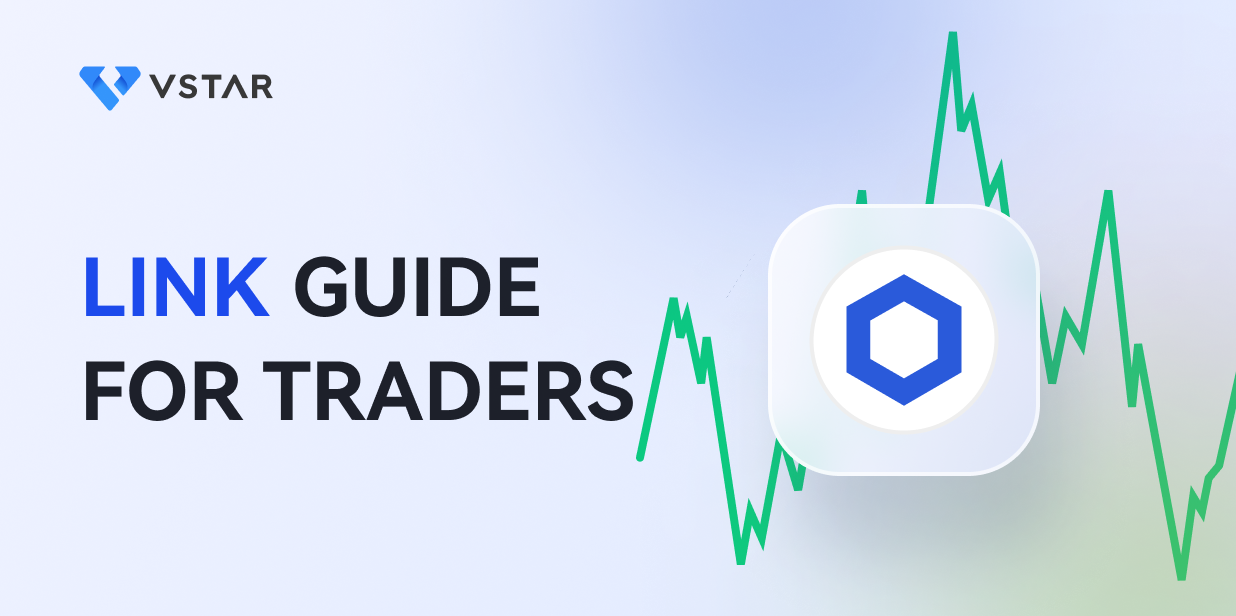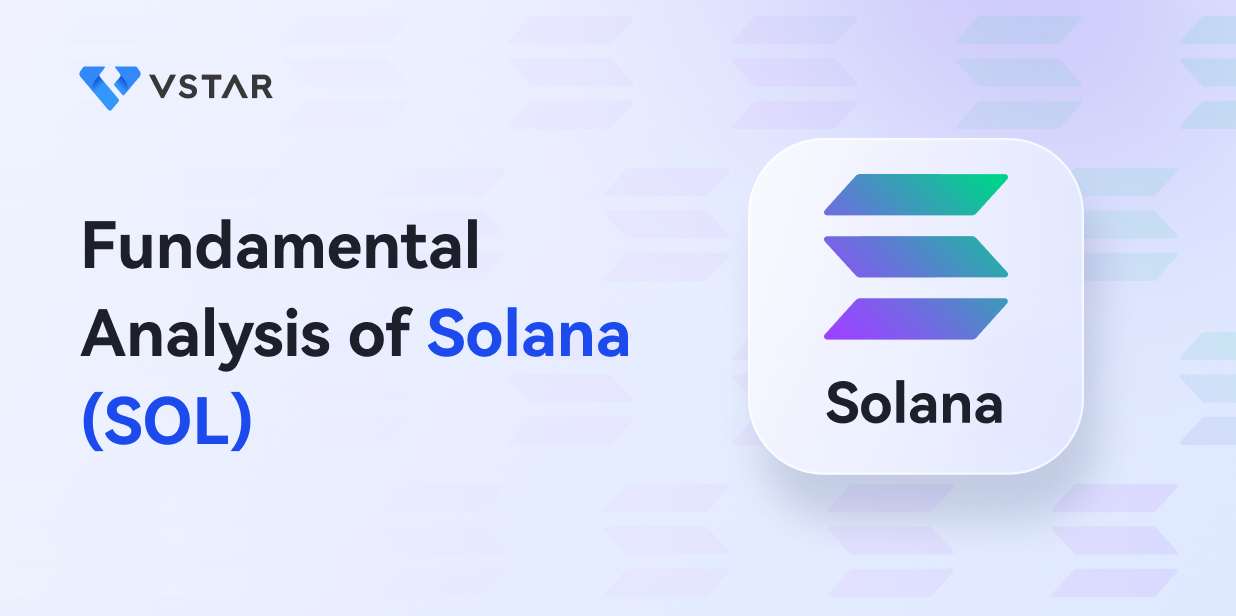Ethereum is one of the blockchains and distributed platforms that has made a substantial impact in the crypto market, whereby it stands as the world’s second-largest blockchain network. It’s also well-known for its native cryptocurrency, Ether (ETH). Ethereum is an idea conceptualized in 2013 by Vitalik Buterin, the co-founder of Bitcoin Magazine at the time. However, it was launched in 2015.
Unlike its predecessor, Bitcoin, which focused on payments, Ethereum’s technology is meant to offer more innovations, i.e., Smart Contracts and Decentralized Applications. Do you want to know more about Ethereum? This guide has all you need.
What is Ethereum?
Its official website defines it as follows: “Ethereum is a technology that’s home to digital money, global payments, and applications.” In simple terms, it’s an open-source, decentralized computing network that allows its users to connect directly without a centralized authority. Users can also transact with each other using smart contracts and run decentralized applications (DApps). Ethereum network uses Ether (ETH) as a medium of exchange to make smart contract transactions possible.
What is a smart contract anyway?
It’s an agreement between two parties in the form of a computer code programmed to execute automatically. From a blockchain technology perspective, they permit anonymous parties to carry out trusted transactions and agreements without a central authority or legal system (intermediaries).
Ethereum is an ideal example of blockchain technology that supports smart contracts. Its smart contracts are written in a programming language called Solidity. In Ethereum, all deployed smart contracts are immutable (not modifiable), transparent and decentralized.

Any difference between Ethereum and Bitcoin?
Both Ethereum and Bitcoin are based on the blockchain network and are decentralized. However, they differ widely.
Bitcoin is more of a cryptocurrency used for transactions in the blockchain. Also, some cryptocurrency users believe Bitcoin is a store of value.
Conversely, Ethereum is considered more of a platform for the crypto economy whereby users can develop apps on the blockchain. Essentially, you could say Ethereum was created to complement Bitcoin.
Another significant difference between the two is that Bitcoin cryptocurrency (BTC) is limited to a fixed amount that can ever be in circulation, which is 21,000,000 BTC. On the other hand, users can infinitely create Ethereum’s cryptocurrency.
How does Ethereum Work?
You cannot ignore some significant aspects to clearly understand how Ethereum as a programmable blockchain platform works. They include:
1. Ethereum blockchain
Like Bitcoin, the Ethereum network is decentralized and runs on thousands of computers worldwide. These participating computers are called nodes and are installed with software that runs the Ethereum blockchain. The nodes are meant to perform the computational work for transaction data, including processing, validating, broadcasting, and storage.
Network interactions are considered transactions and are stored within blocks on the Ethereum blockchain. It’s also worth noting that all information in each block is added to every newly created block. Lastly, a network of automated programs performs transaction data validation, and that’s where EVM comes in.
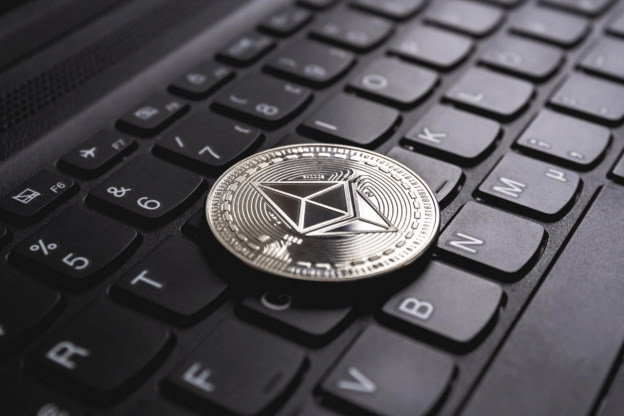
2. Ethereum Virtual Machine (EVM)
You may have come across the term Ethereum Virtual Machine (EVM). How does it contribute to the functionality of Ethereum? You should think of EVM as a processing engine, a virtual computer, or a software platform working as a decentralized computer. Its primary function is to offer an environment for creating and deploying smart contracts, dApps, and DeFi solutions. It’s a core element in the functioning of Ethereum since it’s what you need to run a node on the Ethereum blockchain
How does EVM work? For instance, each mining node in the EVM is set to process all transactions of the new block sequentially. Then for each transaction, the EVM determines its validity and computes the new state of the blockchain. State refers to the current way the data in the blockchain looks like. A state on the Ethereum network only changes/updates through transactions.
But how can Ethereum’s blockchain software application operate without a central entity? Ether helps run it.
3. Ether and Gas
Ether (ETH) is Ethereum’s virtual currency used inside its network to run applications and monetize work done inside the platform. It was designed as a form of payment to fuel the Ethereum network. To put it into perspective, if you want to build a software application on the Ethereum network, you must use Ether to pay for the computing power and space required.
You may wonder how the amount of Ether required for network fees is determined. A built-in pricing system called Gas is liable for determining the necessary bandwidth and space to complete a transaction or a smart contract. However, the cost of gas fees can vary depending on factors such as:
· ETH miners
· Supply and demand
· The computational power required to process smart contracts
· Size of a smart contract
· Total number of transactions

Uses of Ethereum
Most people know Ethereum for its native cryptocurrency, ETH, but it’s more than that. It’s a versatile blockchain platform that supports several decentralized applications offering exceptional efficiency, user control, and security. Ethereum’s application has been experienced in finance and other industries such as supply chain management, gaming, health, etc. This is attributed to its nature of being an open network that creates space for experimentation, leading to various applications' development.
Here are three real-world use cases for Ethereum:
1. Decentralized Autonomous Organizations (DAO’s)
DAO refers to a blockchain-based organization that operates without a central authority. In such an organization, decision-making is in the hands of a community of stakeholders using a decentralized voting system. Notably, DAOs are governed by the protocols embedded in a smart contract.
DAOs remain one of the successful use cases for Ethereum in today’s digital space. It has opened more opportunities for global collaboration. You’ll be right if you say Ethereum is almost the perfect foundation for DAOs. These organizations have proven useful in core areas such as crowdfunding, NFT-based investing, Metaverse, and dApp governance.
2. Decentralized Finance (DeFi)
Decentralized Finance (DeFi) is another everyday use case of Ethereum. It refers to a network of financial applications built on blockchain networks without a central authority. As a result, developers use smart contracts and distributed systems to offer new models of financial products. DeFi includes peer-to-peer (P2P) lending and borrowing, decentralized exchanges (DEX), and earning interest on cryptocurrency holding.
Examples of DeFi platforms running on Ethereum include MarkerDAO, Uniswap, MetaMask, and Balancer.

How to Get ETH
How do people get ETH? There are three ways to acquire ETH the right way, as discussed below:
1. Mining ETH
Mining ETH refers to the process of creating and generating new ETH coins. It also entails validating transactions in the blockchain network of Ethereum.
Here is something worth noting. For a long time, Ethereum used the Proof of Work (POW) consensus mechanism, which required miners on a network to provide evidence that they used a certain amount of computational power to achieve consensus by calculating a valid hash. However, Ethereum switched to the Proof of Stake (POS) consensus in September 2022 to enhance scalability, security, and better energy efficiency.
With this approach, participants are referred to as validators, and they lock up a certain amount of crypto tokens as their stake in smart contracts. In return, they secure a chance to validate new transactions and earn a reward. Nonetheless, mining is not suitable for beginners.
2. Buying ETH on cryptocurrency exchange
Another yet fast way you get ETH is through buying. You’ll need access to a crypto exchange where buyers and sellers meet to exchange fiat currency for cryptocurrencies, cryptocurrencies for other cryptocurrencies, and cryptocurrencies for fiat currency.
All it takes is to sign up for an account with your preferred crypto exchange and add a payment method (you can link your bank account, debit card, or payment gateway such as PayPal) to help you fund your account with fiat currency to purchase ETH.
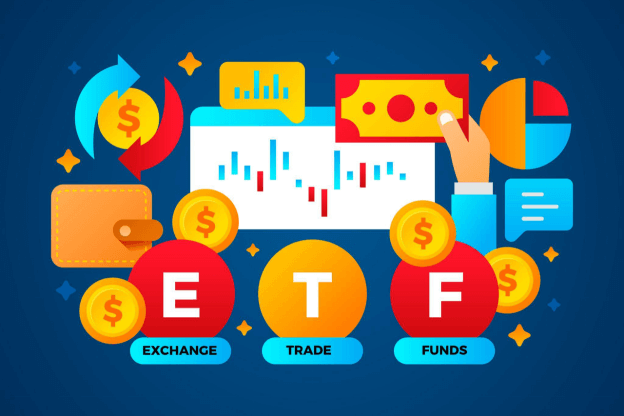
3. Accepting ETH as payment
Lastly, you could get ETH as a payment from another party. ETH can act as a medium of exchange and a unit of exchange, facilitating the sale, purchase, or trade of goods or services between parties. In a fast-moving world, it’s common to find cryptocurrency gateways that enable merchants to receive cryptocurrencies as payment.
Advantages and Disadvantages of Ethereum
Advantages
Here are some of the benefits Ethereum offers its users:
1. Programmable smart contracts
Ethereum allows programmers to create and deploy smart contracts without intermediaries, thus eliminating the risk of manipulation by third parties. Above all, smart contracts enhance some vital elements of Ethereum’s transactions, which include:
· Speed and accuracy
· Security
· Trust and transparency
2. Wide range of use cases
Despite the rise of other alternative blockchain networks, most of the extensive dApps are built on the Ethereum network. This is due to its ability to process financial transactions, execute smart contracts, and store data. Additionally, its native cryptocurrency Ether is the second largest crypto after Bitcoin in the crypto market.
For instance, over 3000 DApps are running on the Ethereum blockchain. They are used in digital art marketplaces, music, lending & borrowing, pooling, portfolio tracking, Token exchanges, DAOs, decentralized games, DeFi etc. Examples of Ethereum DApps include:
● Uniswap- A decentralized exchange that enables users to trade cryptocurrencies.
● Chainlink- A cryptocurrency and technology platform that enables blockchain platforms to connect smart contracts with real-time data from the outside securely.
● Curve Finance- A DeFi protocol that enables the decentralized exchange of stablecoins within the Ethereum blockchain.
● Golem- A decentralized marketplace for computing power
● Tornado Cash- A DeFi protocol that allows users to make anonymous transactions on the Ethereum blockchain.

3. Large developer community
Ethereum has a large community of developers who consistently innovate new ways to improve the network.
4. High liquidity
Over the years, Ethereum has proved to be a significant asset in the DeFi ecosystem, driving its rise in liquidity. In addition, ETH is also accepted and tradable on decentralized exchanges (DEXs) and online brokerage, and it’s one of the most liquid assets.
5. Strong brand
Ethereum is the decentralized platform that has attracted and enabled many developers to create and deploy decentralized application solutions across various industries. Also, Ethereum has a large volume of trade in the market. Consequently, all of these factors have made Ethereum a strong brand at the center of the crypto space.
Disadvantages
Despite all of the above advantages, there are a few shortcomings with Ethereum. They include:
1. Scalability issues
One noticeable challenge the blockchain faces is the inability to scale, and Ethereum isn’t an exception. The specific issue with Ethereum is linked to high transactions period and fees. Furthermore, Ethereum is a multifunctional platform that attracts more investors, but network congestion is still an issue.
2. Complex programming language
Ethereum uses a complicated programming language called Solidity which has emerged as pretty tricky for an average person and even for some programmers knowledgeable of other programming languages such as C++, Java, and Python. With Ethereum, there’s a steep learning curve for developers.
3. Volatility
The cryptocurrency market is volatile. Therefore, investing in Ethereum exposes you to significant losses or gains.
4. Likelihood of crypto inflation
Unlike Bitcoin, Ethereum doesn’t have a lifetime of the number of coins that will be released. Therefore, it may not appreciate as much as Bitcoin can. Also, if the market is flooded with Ethereum coins, investors will likely deal with loss of value in their profits in the future.
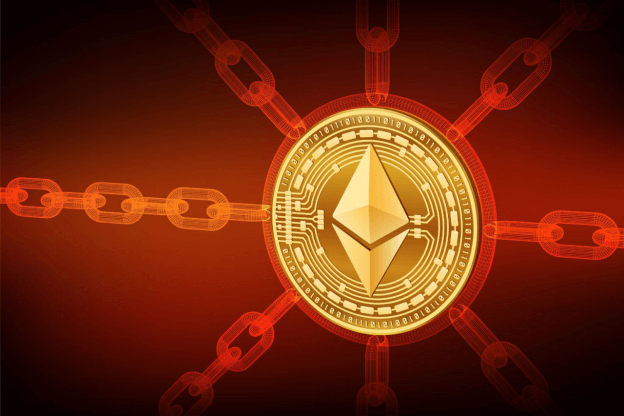
What Does the Future of Ethereum Look Like?
Over the past years since 2015, Ethereum has positioned itself as a handy blockchain platform and one of the most popular cryptocurrencies in the market. Additionally, the platform has introduced some significant changes and upgrades over the years to enhance its functionality. A recent change was seen in September 2022 during “The Ethereum Merge,” which saw Ethereum swap its consensus from POW to POS. It’s what brought about Ethereum 2.0.
According to historical data, ETH has been ranked second in the crypto ecosystem, with a market cap of 122,377,866 ETH. ETH’s all-time high price was $4891.7, and its all-time low was $0.42. According to technical analysis, it’s forecasted that the prices of ETH will be bullish, reaching an average trading price of $2,065 by the end of 2023 and $3,026 in 2024. Other market analysts project ETH’s price for 2023 and 2024 to go higher, i.e., $3,988 and $4,535, respectively. While these are just projections, the supply and demand of ETH and regulatory frameworks by different governments will determine the real-time price changes.
ETH as an Investment
ETH is often predicted to be the next big cryptocurrency due to how it benefits from the growing dApp and DeFi ecosystem. Therefore, it stands out as a great investment opportunity.
But what can we learn from ETH’s price history since 2015? ETH prices often depend on the demand of the Ethereum platform as an investment asset in the blockchain. It means that prices of ETH are more likely to go bullish if Ethereum launches more developments and upgrades. However, price movement can easily change depending on the adoption rate of Ethereum in the blockchain ecosystem and other factors, as experienced in 2022, where we saw a sharp bearish trend.

What are the risks of investing in ETH?
Like any other investment, investing in ETH or cryptocurrency comes with risks and rewards. Here are different types of risks you should be aware of before investing in the crypto market:
A. Market risk- speculation is a key aspect of the crypto market. Some players, such as organizations, exchanges, or influential persons, tend to manipulate the market to move in a particular direction or cause extreme volatility.
B. Regulatory risk- the regulatory status of digital assets, including cryptocurrencies, remains unclear in most countries. Also, some governments often raise the issue of doing away with cryptocurrencies which usually affects prices.
C. Technical risk- if there is a technical malfunction of the platform investors use to store or hold their cryptocurrencies, it would be hard to access their investments. Unethical management practices could also cause such threats
D. Security risk- cryptocurrencies and investment platforms are also prone to security threats and scams that cause investors to lose money.
How do you trade ETH?
There are two ways you can trade ETH:
A. Trade ETH through a crypto exchange
Trading ETH through an exchange mainly occurs on the spot market, where investors buy crypto assets like ETH at the spot price (current market rate), hoping to sell them at higher prices in the future. It’s called spot trading, and you access it through a crypto exchange.
Advantages of spot trading:
a. It’s a relatively stable and low-risk type of trading.
b. You can hold onto your investment for a long time.
Disadvantages of spot trading:
a. It offers low returns
b. You ‘re limited to opening short positions in the market
c. No leverage; thus, as an investor, you cannot amplify return

B. Trade CFDs of ETH on a brokerage client account
Cryptocurrency Contract of Difference (CFD) is a financial product that allows you to speculate on the price movement of a cryptocurrency and open long (buy) or short (sell) positions. Brokers offer CFDs. The good part is that you don’t have to directly own the cryptocurrency (in this case, it’s ETH).
VSTAR is an example of a CFD broker where you can trade ETH. You also get a risk management tool and negative balance protection.
Advantages of Crypto CFD trading:
a. Margin allows you to leverage your trades to make high returns with less money.
b. You can profit from either market direction by buying or selling.
c. Access to the crypto CFD market is 24/7 and 365 days a year
Disadvantages of Crypto CFD trading:
a. It’s high-risk trading: you must maintain an adequate margin to minimize losses.
b. Underlying assets with less liquidity tend to have wider spreads (difference between buying and selling prices) which is likely to attract a high commission for holding CFD positions. However, it depends on the specific broker you choose.
Is there a difference between a CFD broker and an exchange?
First, CFD brokers are fully regulated and licensed by international and local financial regulators. Conversely, most crypto exchanges don’t have this obligation which poses a risk to the client’s investments.
With most CFD brokers, the cost of CFDs is transparent, and you have zero commission fees lower than what exchanges offer.

Final Thought
For the past years, the Ethereum blockchain has received significant decentralized adoption and use cases in the real world than any other blockchain network. Its cryptocurrency ETH is the second largest cryptocurrency in the market capitalization. As a result, Ethereum has emerged as a valuable asset providing business solutions and investment opportunities. However, it still faces some issues related to scalability and security.
As the Ethereum ecosystem receives more upgrades to address some of the challenges its users have experienced, it will attract more people in the future. It seems Ethereum’s evolution is still in progress.
Meanwhile, trading ETH on a CFD brokerage account is an excellent opportunity for investors with less capital but who want leverage. Also, you can trade both long and short positions, and it’s cost-effective.
*Disclaimer: The content of this article is for learning purposes only and does not represent the official position of VSTAR, nor can it be used as investment advice.

